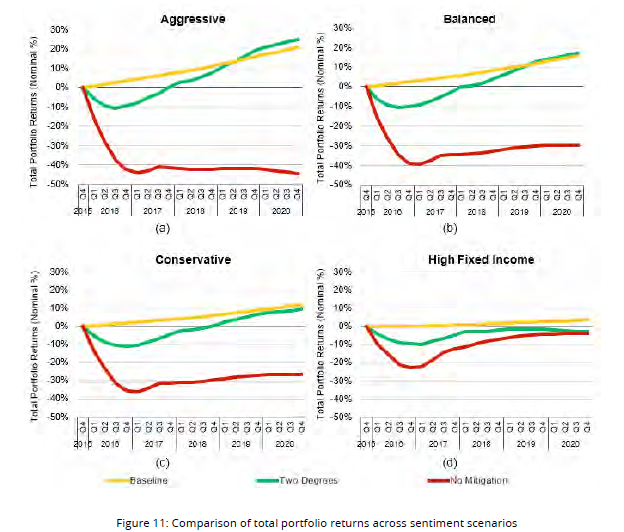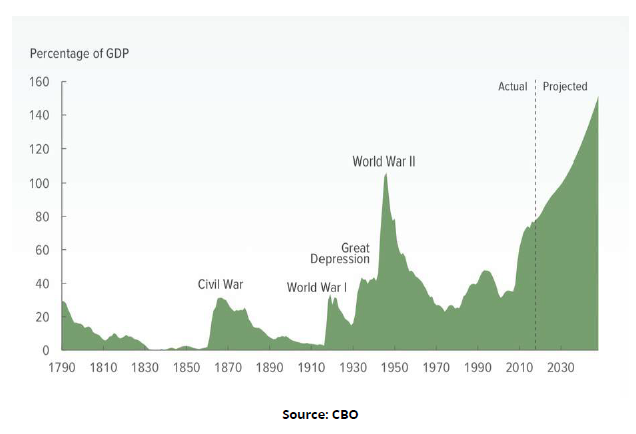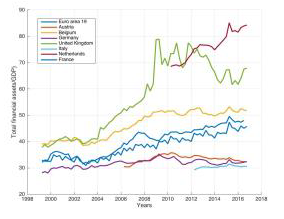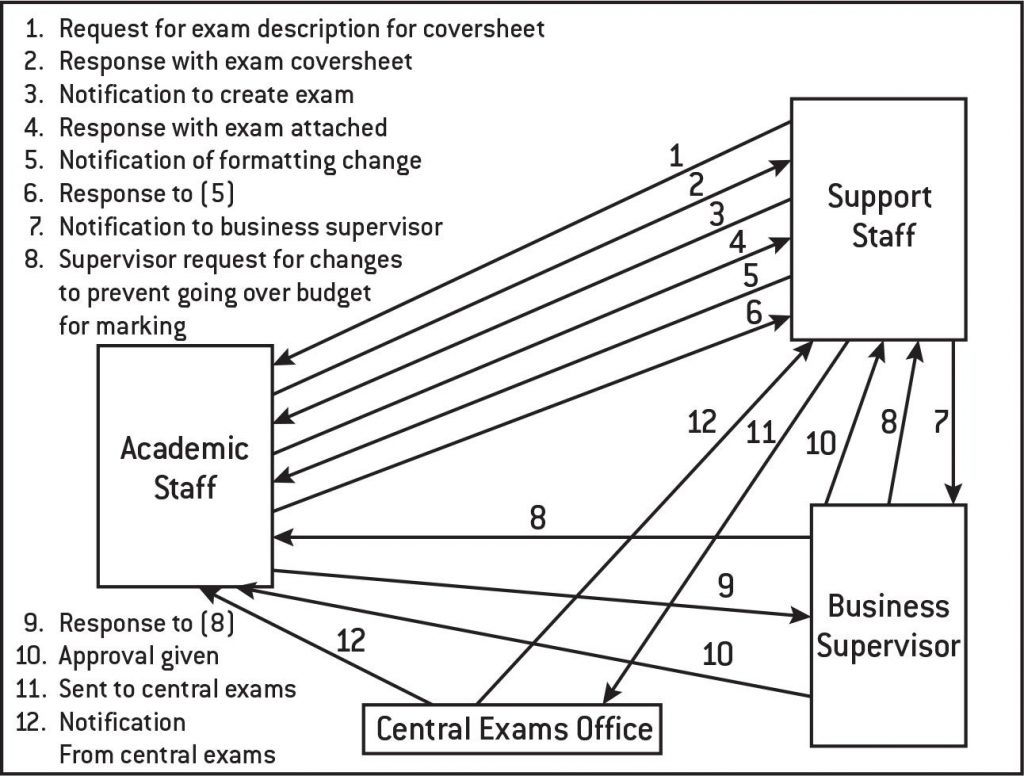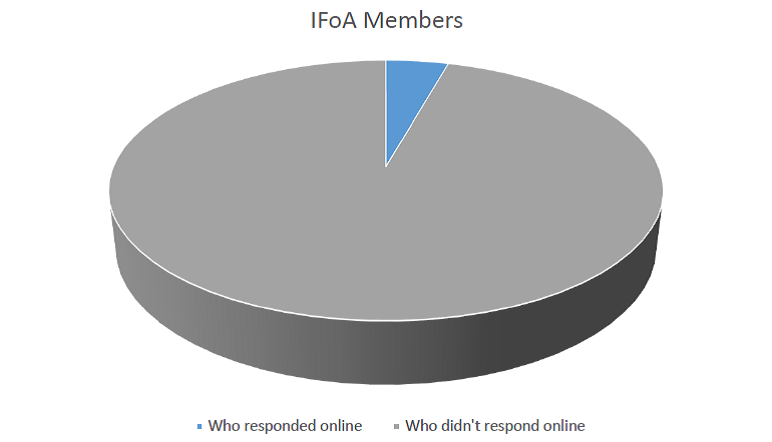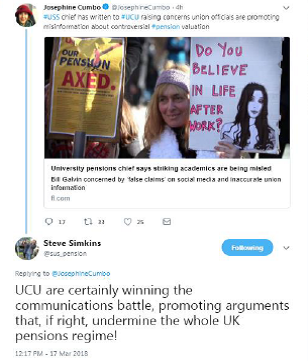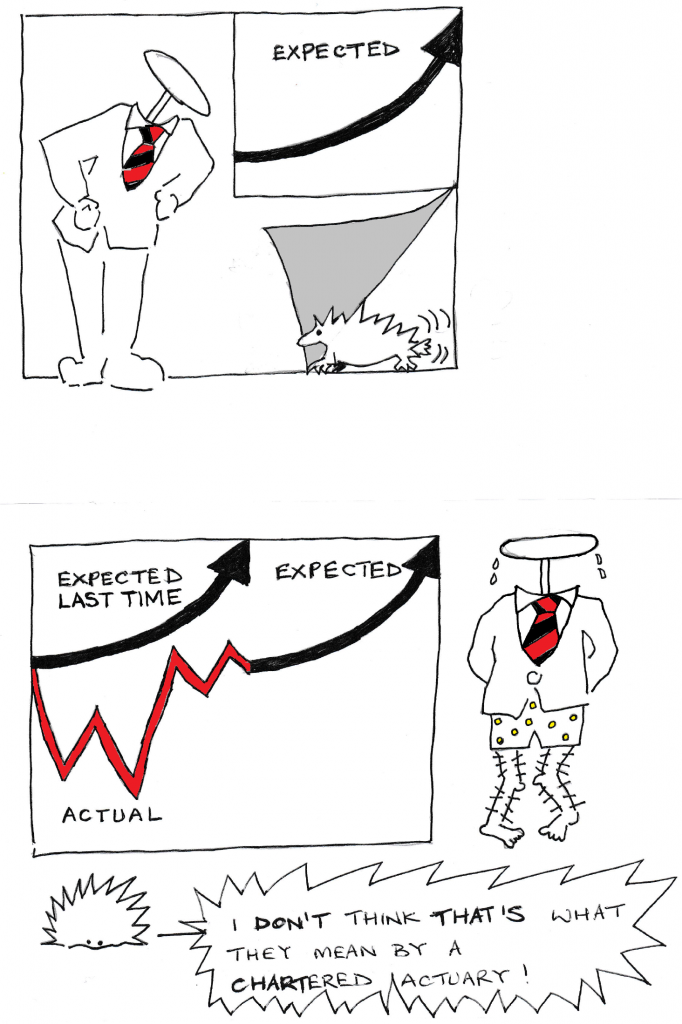
CPD doesn’t have to feel like this: a youthful man-o’-warsman, from the diary of an English lad who served in the British frigate Macedonian during her memorable action with the American frigate United States; who afterward deserted. Source: https://www.flickr.com/photos/internetarchivebookimages/14594689439/
According to Daniel and Richard Susskind’s the Future of the Professions, there is a Grand Bargain between society and the professions, which means (and I am paraphrasing a little here), in return for professions providing:
- Expertise, experience and judgement;
- Delivered affordably, accessibly, reassuringly and reliably;
- With knowledge and methods maintained and kept up to date, members trained, standards and quality of work enforced and only appropriately qualified individuals allowed in;
- Acting honestly and in good faith; and
- Putting clients interests ahead of their own.
Society will give the professions:
- Respect and status;
- Exclusive rights to perform/provide socially significant activities or services; and
- Independence to decide how they do it and how much they can be paid for it.
It is with regard to the knowledge and methods point above that nearly all professions have some sort of continuing professional development (CPD) requirement. The Institute and Faculty of Actuaries (IFoA) consultation on their proposed new CPD scheme is currently open and runs until 17 April. I will be responding to it via the online questionnaire, but thought it might be worth airing a few points more widely too, to promote some discussion just in case anyone has any bandwidth for anything not directly corona-related at the moment.
Overall I think this is a move very definitely in the right direction. I have some criticisms, which I will come to, but I very much welcome:
- the broadening of the scope of CPD activities. I am clearly not the only one who has experienced a talk or discussion or even an arts event about which I would have said, in the words of Walter Scott: One hour of life, crowded to the full with glorious action, and filled with noble risks, is worth whole years of those mean observances of paltry decorum, in which men steal through existence, like sluggish waters through a marsh, without either honour or observation. And yet would have been unable to record it in my CPD because there was no other actuary present and no way of proving I was there!
- the introduction of reflective practice discussions. There are few details about how these will work and who will run them (the suggestion I took from the consultation was that they would be centrally run, which I think would be a mistake for reasons I will explain below). However in principle this is a great idea, getting people together to talk about what they are doing to develop their thinking in important areas and sharing their experiences on how the journey is going. I am not aware of any other profession moving in this direction currently, but I very much welcome it.
- The removal of the need to be audited annually on CPD recorded. The 2018 Annual Report of the Disciplinary Board of the Institute and Faculty of Actuaries indicates that there were 2 cases of non-compliance with CPD referred to them and 3 cases of failure to hold a practising certificate. The current system therefore does bring the words sledgehammer and nut to mind.
However I do also have some criticisms:
- there is much made of how they are proposing to prescribe a single requirement for all members. I found it difficult to answer whether I agreed or disagreed with this proposal as I didn’t feel that they had: people who work for firms who have signed up to the profession’s Quality Assurance Scheme (QAS), practising certificate holders, Practising Members (we will come to these), Non-Practising Members and students all have different rules applying to them. My concern here is that this 5 tier system will translate into inequalities of status within the profession, and some members having a louder voice than others.
- keeping students (completely outside the CPD system via the Personal and Professional Development (PPD) scheme) and QAS members completely dependent upon their firms for professional development risks, in my view, narrowing the development undertaken rather than the broadening that the proposals overall intend.
- I am very concerned about the examples given to clarify what is meant by a Non-Practising Member: retired from actuarial practice; not carrying out technical actuarial work; or on a career break. As technical actuarial work is not defined in the consultation, the suspicion is that this will be the usual suspects of life, general insurance, finance and investment and pensions, with wider fields including the education field where I practise, certainly NED roles but also perhaps resources and environment work or, particularly topical at the moment, health and care. Obviously members may choose not to apply for non-practising status, but I do not believe that they should have the option to if they are using their judgement to analyse complex situations to help the people or organisations they are working with to make decisions.
- currently most categories of member need to complete 2 hours annually of Professional Skills Training (PST). The materials provided by the profession to support members in complying with this requirement are extensive and excellent, but there are a wide range of ways in which it is currently met, from company events to regional community events to individuals registering the video and other content they have interacted with online. In my view this allows members to tailor what they think they need in a given year and, as a provider of these sessions for a number of years now, I have been impressed by the open and frank discussions which have become possible with our attendees on difficult questions involving potential reputational risk. My main concern with the proposals on this are that members will not feel the need to subject themselves to these sessions if the professional skills requirements are to be relaxed as far as just a learning outcome related to managing professional ethical challenges.
- I am enthusiastic about the replacement of the audit of CPD records with an invitation to a reflective practice session instead, however I would be concerned if these were all centrally controlled, as opposed to the wide range of current providers for PST. I well remember sitting in professionalism CPD sessions run by senior members of the IFoA in a room full of other scheme actuaries and none of us prepared to admit to making any mistakes in our client work in front of each other. It would be regrettable if these sessions became formalised to the point that they were no longer useful.
- my final point is that, if we are moving from a strictly audited system to one which will be much more light touch, perhaps this is also an opportunity to increase the hours from the current 30 hours for practising certificate holders and 15 for nearly everyone else. Doing a quick check I found that the Society of Actuaries requires 50 hours over 2 years; and the General Medical Council requires 250 hours over 5 years. At the other end of the scale, the Institute of Chartered Accounts in England and Wales (ICAEW) and the Law Society have no specific requirements at all. The ICAEW, hilariously in my view, includes the following in its guidance: There is no requirement to achieve a certain number of hours or points, and the notion of structured and unstructured activities no longer exists. There is no requirement to attend a certain number of courses or seminars. There may be periods when, having reflected, you quite reasonably conclude that you already have all the current skills and knowledge necessary for your work and that you do not need to undertake any further CPD activity at that moment. However, if we believe, as I do, that our work has never been so technical nor demanded a wider range of skills, many of which have not been traditionally demanded of actuaries previously, we should surely require that we move closer to the top of this range.
CPD has a range of uses beyond meeting the Susskind’s grand bargain:
- it allows us to share our practice with each other and challenge each other;
- it allows us to move between practice areas or respond to new ideas in our existing ones;
- it is a means for the profession to disseminate urgent changes in expectations of members (in conjunction with the alerts which are issued occasionally);
- but, perhaps most importantly, it allows us as individuals to reflect on what we are doing and the direction we are taking and consider whether we might want to change either of these.
Carefully chosen, it really can spare us a system of Scott’s mean observances of paltry decorum and instead provide more hours of glorious action!





